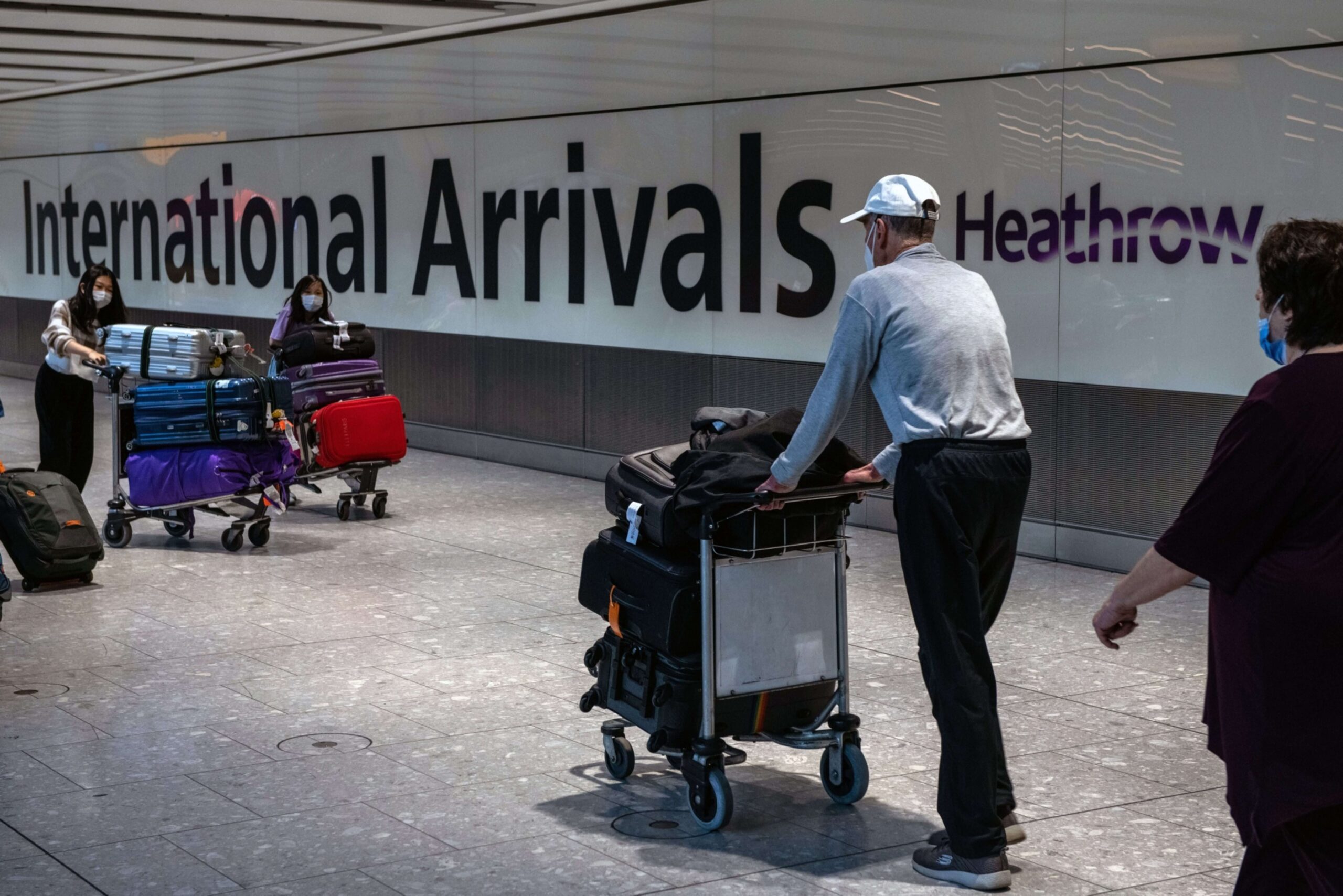
Flight Disruption Unveiled: The Untold Story of UK’s Air Traffic Crisis
Unraveling the Mystery Behind the UK’s Massive Flight Cancellations
In an unexpected turn of events, the skies over the United Kingdom were cast into chaos as a widespread technical issue threw air travel into disarray. From grounded planes to stranded passengers, the incident had a profound impact on the country’s aviation system and left many questioning the root cause of the disruption.
The Initial Ripples of Disruption
The disruption began with a seemingly innocuous “technical issue” encountered by Britain’s air traffic control service. This issue, though not immediately clarified, led to significant disruptions in hundreds of flights to and from the country. Reports quickly emerged that planes leaving and flying into the UK were grounded, leaving thousands of passengers stranded both on the tarmac within the country and abroad.
The Shadow Over UK’s Airspace
In the wake of the technical problem, the UK’s airspace effectively came to a standstill for several hours. This unexpected closure left travelers bewildered and airline operators scrambling to manage the situation. The magnitude of the situation was particularly exacerbated by the timing, as the disruption coincided with a peak travel period and the “bank holiday” weekend in Britain. As a result, delays and uncertainties loomed large over travelers, adding to the frustration.
The National Air Traffic Service’s Response
The National Air Traffic Service (NATS), responsible for the country’s air traffic control, was quick to respond to the crisis. According to NATS, the technical issue directly impacted their ability to automatically process flight plans. As a consequence, flight plans were being manually entered, leading to a cascade of processing limitations. In order to ensure safety, NATS implemented traffic flow restrictions across airports.
However, NATS was adamant that the British airspace was not entirely closed. It clarified that only departing flights were being restricted, aimed at maintaining safety while addressing the technical glitch. Despite these explanations, the exact nature of the technical issue remained undisclosed, leaving observers and travelers with questions about the source of the disruption.
Affecting the Travel Landscape
The disruptions had a far-reaching impact on the travel landscape. More than 500 flights were cancelled, while hundreds of others faced delays of up to eight hours, according to BBC reports. The fallout was palpable, with travelers finding themselves stuck in airports or stranded on runways, facing long hours of uncertainty. This event also underscored the critical importance of efficient air traffic control systems in maintaining the smooth flow of travel operations.
The timing of the incident added further complexity. The technical glitch occurred during a peak travel period, coinciding with a “bank holiday” in the UK. The European air control agency, Eurocontrol, highlighted that the UK was grappling with a “flight data processing system failure,” which had far-reaching implications for air travel across the region. Individual delays grew substantial, and the situation demanded immediate attention and resolution.
Drawing Parallels and Historical Context
Interestingly, this incident brought to mind a similar disruption that occurred in December 2014. European flights were grounded for hours due to a technical problem at an air traffic control center in Swanwick, England. While that particular incident might not have been directly related to the recent disruption, it served as a reminder of the vulnerability of air traffic control systems to technical glitches and the profound impact such issues can have on air travel operations.
Seeking Clarity for the Future
As airlines and authorities worked diligently to address the technical issue and restore normalcy to air travel, questions remained about how such disruptions could be minimized in the future. The incident underscored the critical role that advanced technology plays in the aviation industry, along with the need for robust backup systems and contingency plans to swiftly manage unexpected challenges.
In conclusion, the massive flight cancellations in the UK shed light on the intricacies and vulnerabilities of the air travel system. While the exact details of the technical issue might remain shrouded, this incident serves as a reminder of the delicate balance that underpins modern aviation and the continuous efforts required to ensure seamless travel experiences for passengers around the world.
